Any Questions? Call: +1 (888) 805 2103
| Chinese Name: | 西安市 |
| Area (City): | 1,088 square km |
| Area (Metro): | 3,866.25 square km |
| Population: | 12 million (2017) |
| Coordinates: | 34°15′54″N 108°57′14″E |
| January Average Temperature: | 0.3°C (32.5°F) |
| July Average Temperature: | 27°C (80.6°F) |
| Average Elevation: | 405 meters |
| Phone Area Code: | 29 |
| Postal Code: | 710000 – 710090 |
| Time Zone: | CST (UTC+8) |
| Website: | http://xa.gov.cn |
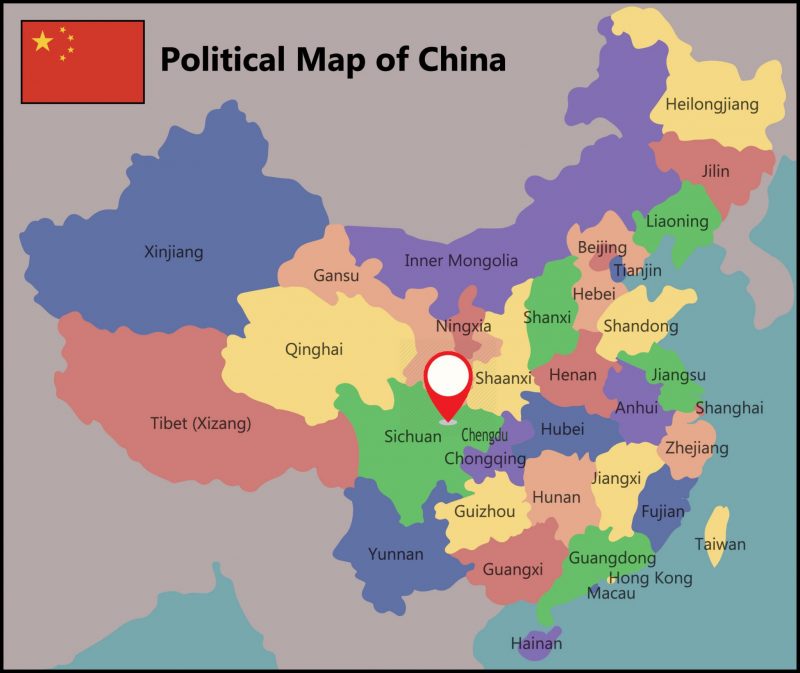
Xian or to be completely correct, Xi’an is one of the oldest cities in China and is the capital of Shaanxi Province. It’s located on the Guanzhong Plain in northwestern China. This sub-provincial city is the oldest city among the Four Great Ancient Capitals of China and has had the title of the capital in different eras including Western Zhou Dynasty, Qin Dynasty, Western Han Dynasty, Sui Dynasty, and Tang Dynasty.Xi’an was the point where the infamous Silk Road started and has Terracotta Army of Emperor Qin Shi Huang inside itself.
Xian or to be entirely correct, Xi’an is one of the oldest cities in China and is the capital of Shaanxi Province. It’s located on the Guanzhong Plain in northwestern China. This sub-provincial city is the oldest city among the Four Great Ancient Capitals of China and has had the title of the capital in different eras including Western Zhou Dynasty, Qin Dynasty, Western Han Dynasty, Sui Dynasty, and Tang Dynasty.
Xi’an was the point where the infamous Silk Road started and has Terracotta Army of Emperor Qin Shi Huang inside itself.
Xi’an reemerged as a focal point for the industrial, educational, and cultural centers for the central-northwest region of China. This happened in the 1990s and was part of China Western Development for the central and northwest regions and led to the establishment of many facilities for national security, research and development, and even space exploration.
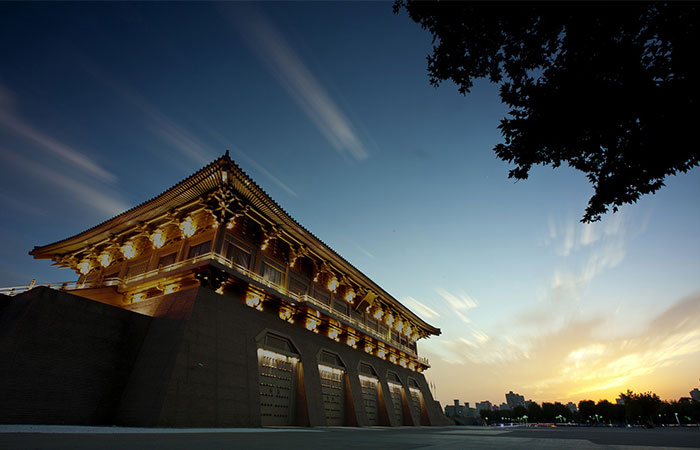
As of now, Xi’an holds sub-provincial status, and it administrates nine districts and four counties. In 2018, Xi’an had 12,005,600 population and the Xi’an–Xianyang metropolitan area had a population of 12.9 million. Xi’an also has the largest population of cities in Northwest China. Xi’an is also among the three most populated cities in Western China alongside Chongqing and Chengdu.
Xi’an has been named one of the 13 emerging megacities in China in 2012.
Xi’an (sometimes Sian or Xian), with over 3,000 years of civilization has been located in the northwest of China in the Yellow River Basin. The capital of Shaanxi Province is the home to the glorious and historical Chinese civilization. It has been selected as the capitals of 13 successive dynasties including the Qin (221 BC – 207 BC), Han (206 BC – 220 AD), Sui (581 AD – 618 AD) and Tang (618AD – 908AD) Dynasties due to the fertile land and undemanding weather conditions in ancient times. Although the city face has undergone modern transformations, historical and ancient battlements and enclosures still remind the several thousand of the glorious history of Xi’an. The Silk Road eastern terminus, Xi’an, is the sister city to 11 cities around the world, including Isfahan city in Iran.
The word “Xi’an” is a romanized adaptation of its Chinese name that means “Western Peace.” “Xi’an” has been in use in 1369 during Ming dynasty. It has been recorded “Si-ngan-fou” or “Si-ngan” in Jesuit missionaries’ texts because it was used as a seat of a prefecture. Later, this name was romanized to “Hsi-an” by Wade & Giles and also as “Sianfu” or “Sian” by the post office of Qing imperial. These names were still common until the general adoption of pinyin was established.
Where Xi’an stands today, has been the place for multiple important Chinese cities of the past. It has been Western Zhou capital. Back then, there were the twin cities here, Feng and Hao which were collectively known as Fenghao. They were situated on opposite banks of the Feng River.
During the Warring States, Xianyang, Capital of the Qin, was built north of the Wei which later was succeeded by the western Han Capital, Chang’an (which means “Perpetual Peace”) and was located to the south of the Wei which covers today’s Xi’an central area.
In the Eastern Han era, Chang’an also had another name, Xijing meaning “Western Capital,” which was related to its location in contrast with the main capital at Luoyang. In the year 581, under the rule of the short-lived Sui Dynasty, the name changed to Daxing, which means “Greatly Prosperous.”
During the Tang Dynasty and in 618, the name again was changed to Chang’an. In the 13th and 14th centuries, when the Mongolian Yuan dynasty was ruling, the name was changed several times: Fengyuan, Anxi (meaning Peaceful West), and Jingzhao.
Xi’an is in the south-central part of Shaanxi province and sits on the Guanzhong Plain. Guanzhong Plain is on a flood plain which was created by eight rivers and streams surrounding it. Its average elevation is 400 meters (1,312 ft) above sea level, and its annual precipitation is 553 mm (21.8 in). The Wei River, which has been a significant impact on Chinese civilization, provides drinking water for Xi’an.
To the south, Xi’an has borders with northern parts of Qinling (Qin Mountains), and to the north, it has borders with the banks of the Wei River. One hundred kilometers (62 miles) to the east of here you can find one of the five sacred Taoist mountains, Hua Shan. Loess Plateau is also not far to the north of the city.
Emperor Liu Bang of the Han dynasty was advised by his Prime Minister Zhang Liang to select Guanzhong as his capital. He mentioned that the Guanzhong Plain is very rich for farming and has fertile soil, and it belongs to the nation of heaven. Since that time, Guanzhong earned the nickname, “Nation of the Heaven.”
Xi’an enjoys a temperate climate and is situated on the borderline between a semi-arid climate and humid subtropical climate. The city is characterized by hot and humid summers, cold and dry winters, and dry springs and falls. The annual precipitation usually occurs from July to late October. It occasionally snows in winter, but it seldom settles for long. During March and April, the city gets warmer and experiences dust storms. Summer months are also featured with frequent and short thunderstorms. In general, the city enjoys a delightful climate within the year, excluding winter. The best time to enjoy the beauties of Xi’an is from March to May in spring and September-October in the fall.
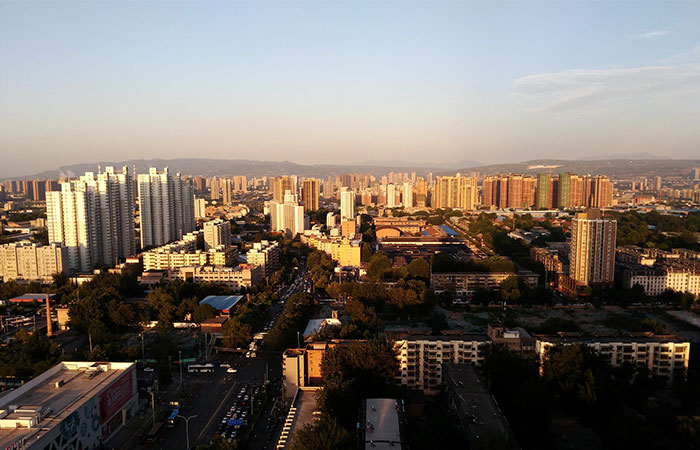
Xi’an is a sub-provincial city, and it has direct jurisdiction over 11 districts and two counties.
Xi’an population has experienced an increase of 675,000 persons from 7.41 million individuals in 2000 to 8.7 million people in 2015. 51.66% of this population is male and 48.4% female. The city is known as one of the most populated cities in northwest China consisting of 9 districts. According to the China Economic Information Unit reports, Xi’an has been announced as of the thirteen Chinese metropolitans. Among its districts, the largest population belongs to Yanta with 1.08 million inhabitants. 99.1 percent of Xi’an total population is Han Chinese. About 81,500 individuals are religious and ethnic minorities. During World War II, many refugees from other regions of China have migrated to Xi’an as a far safe inland.
Like most cities in China, the most practiced religions in Xi’an are the Chinese traditional religion and Taoism. There are a lot of major and minor temples for the followers of these religions and among them are a City God Temple and a Confucius Temple.
There are many Tibetan schools and temples of the Chinese in Xi’an. In general, Buddhism has an enormous presence in Xi’an.
In 635 a Syriac speaker named Alopen was the first Christian missionary who arrived in Xi’an via the Silk Road. There is a stele called the Xi’an Stele (aka The Nestorian Stele) which is now in Xi’an’s Beilin Museum. This piece of history which was erected in 781 during the Tang Dynasty proves that there were people following Alopen and Christianity. This limestone block is 279 centimeters (110 inches) and has texts in both Chinese and Syriac and is a proof for the existence of Christians in multiple cities of northern China
There also have been some disputes over the Daqin Pagoda which is a Buddhist pagoda in Zhouzhi County. Some believe that it has initially been a Nestorian Christian church built in the Tang Dynasty era.
There have also been Baptist missions from England in Xi’an. These Baptist missionaries also ran a hospital, and in 1892, two of them founded the Sianfu Mission.
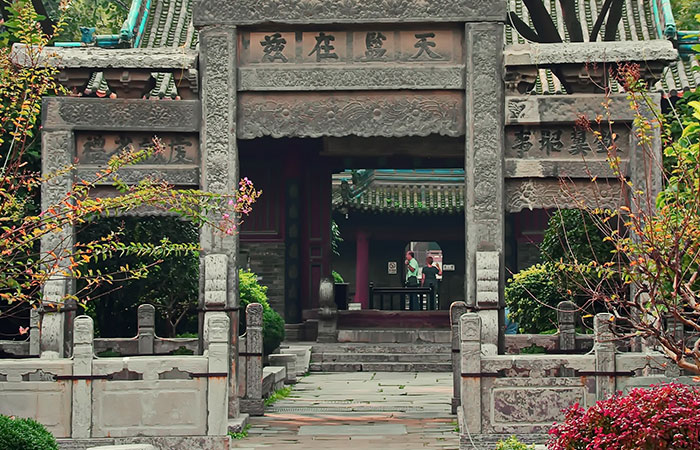
The first city of China, where Muslims arrived was Xi’an. In 651, during the Tang Dynasty, it was officially allowed for people to practice Islam by order of Emperor Gaozong. Xi’an Muslim community is massive, and the majority of its follower in the city are the Hui people which it’s estimated to be around 50,000. Xi’an also is home to seven mosques, and the most famous one is the Great Mosque of Xi’an.
Xi’an, known as a Chinese top software development city, has experienced an increasingly developing economy mainly focused on software development. By 2012, over 1000 technology and software corporations and businesses, as well as 106,000 individuals, have been working on software development within Xi’an Software Park. Essential industries in Xi’an are equipment manufacturing, tourism, as well as service outsourcing. Tourism is an important industry in Xi’an as one of China’s four ancient capitals. About 52 million domestic tourists visited Xi’an in 2010, resulting in a total income of RMB 40.52 billion. Lighting equipment and automobile parts are other vital goods for Xi’an’s export.
The present Xi’an originates from Guanzhong Ren civilization, which is known as one of the world’s primitive civilizations. Like Beijing and Shanghai, Xi’an benefited a textile town, too. However, today, there has remained no sign of textiles; and four art districts have been founded instead. About 4000 historical monuments and mausoleums have been discovered in 120,000 ancient cultural remaining in Xi’an. The Terracotta museum has the potential of being the 8th wonders of the world and is also referred to as the “eight great sights of Chang’an.” The old Ming City Wall surrounds the city. Ancient remains of several Chinese dynasties attract tourists’ attention. As Xi’an marked the Silk Road, it is famous for being the oldest Chinese city connecting to the outside world and the first international trade route in China.

Xi’an significantly contributes to the urban transportation system in western China. Several underpasses and bridges have been constructed for the pedestrian conveniences in most commercial, residential, and educational zones in Xi’an. Most areas are readily accessible on foot. Urban journeys can regularly take place through train, air, and bus in Xi’an. As the subway system is not yet operationalized, tourists and travelers are recommended to use bus lines and taxi services for urban journeys. Xi’an enjoys a bicycle-sharing network containing 52,000 bikes daily used by over 200,000 individuals. In spite of multiple taxi services, most citizens still travel to work through 270 official public bus routes.

Although the most pleasant time to visit the old city of Xi’an is fall, the number of visitors and travelers increases during summer days from May to August. Tourists are greatly interested in local products and souvenirs like Calligraphy Rubbings, Tang Tri-color Porcelain Replicas, Terracotta Warriors Replicas, Paper Cuts, Dry-cured Beef, Dried Persimmon & Walnut & Shaanxi Jujube and Xifeng Liquor. This city is also famous for its antiquities and handicrafts. The best markets to buy souvenirs are streets of Shuyuanmen Ancient Cultural Street and Muslim Quarter, as well as Tang West Market next to Giant Wild Goose Pagoda. Big supermarkets such as the two famous Kai Yuan and Century Ginwa also sell local specialties for tourists’ convenience.
Xi’an has many significant historical sites and some ongoing archaeological projects including Mausoleum of Qin Shi Huang and his Terracotta Army. Tombs of the Zhou dynasty kings located in the city are of burial mounds attracting many tourists. Eight hundred royal mausoleums and tombs from the Han dynasty with hundreds of sculpted clay soldiers remain of sacrificial temples of the Han era, Tang dynasty pagodas, history museum, and Stele forest are some of the historical sites in Xi’an.
Some of the most famous sites in the city and its surrounding areas are:
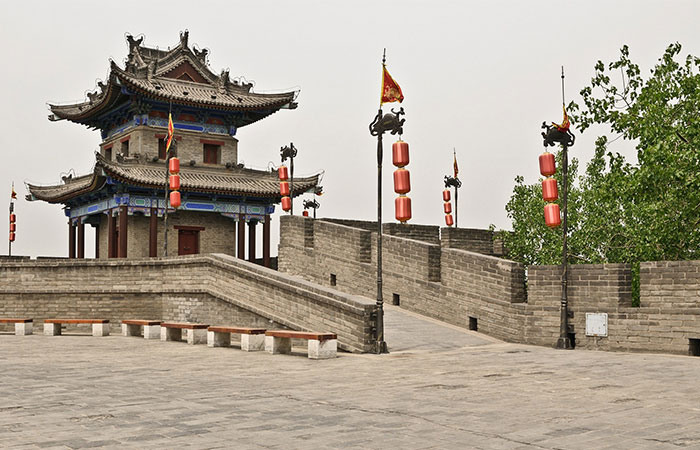
Xi’an hosts a 1-week Ancient culture and art festival in September, where the city is full of life, smile, music, and dance. Chinese calligraphy festival is also another important event held in Xi’an with no particular date.